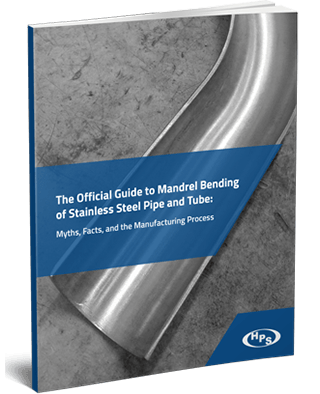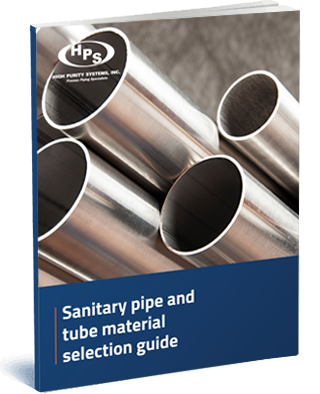With the expansion of the aerospace industry in the 1960s, industry professionals began seeking out high-quality, precision methods of joining segments of mechanical tubing, which were used in extremely high-pressure hydraulics applications to operate the control surfaces of aircraft, rockets, and spacecraft.

This demand for innovative joining methods subsequently spurred the invention of the orbital welding process and orbital welding equipment. Orbital welding equipment allows an operator to mechanically rotate, or orbit, a welding head around a central axis of a joint between two sections of tubing.
The operator can maintain precise control over the speed of the welding head, as well as the distance between the head and the seam of the weld, allowing for a consistent, continuous weld around the circumference of the tubing.
Demand for Reproducible Quality
In turn, the advancement of orbital welding technology created a demand for incredibly precise and reliable tubing systems able to accommodate the enormous pressures exerted by the fluids that such systems deliver.
Even the smallest of defects, inclusions, or inconsistencies in the seams of welds can cause cracks that result in catastrophic failure, with tremendous impact on all affected operations.
Even the most minute defect in an aircraft’s hydraulic system, for instance, could lead to a crash. Orbital welding equipment and processes allow manufacturers to produce and reproduce tubing systems that are of consistently high quality and meet the demands of their respective industries. Such equipment also allows for increased productivity and reduces weld rejections by the weld inspectors, thereby reducing production costs.
Advances in Equipment Technology
Early orbital welding equipment required a highly skilled operator to perform adjustments and corrections during the welding process. The operator had to maintain a delicate balance between the forces that were exerted on the weld pool, as gravity pulled downward and surface tension pulled inward.
Also, the speed of the welding head often required adjustment due to inconsistencies in tubing wall thickness and shape, as well as the changing position of the head above or below the joint.
Modern orbital welding equipment, however, has been automated for complete computer control; the operator still needs to know how and why the equipment does what it does and understands inert gas purging to produce proper welds and know how to program certain parameters— such as material alloy, wall thickness, and diameter — prior to setting up and starting the equipment.
Costs and Benefits
At the time of this writing, a $30,000 piece of automated orbital welding equipment could produce up to twice the output of a manual orbital welding operation. When defects and rejects are factored in, the cost per unit of output is even lower, with better quality and fewer required reworks.
Orbital welding equipment can greatly benefit a wide range of industries, allowing for high quality and reliability as well as increased volume of output.




